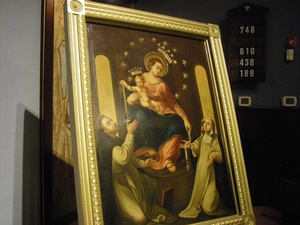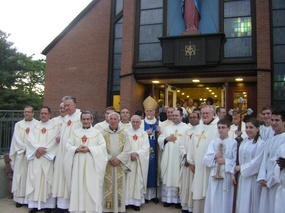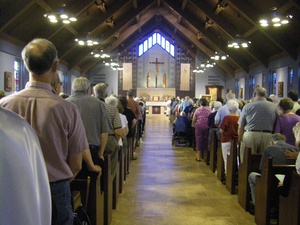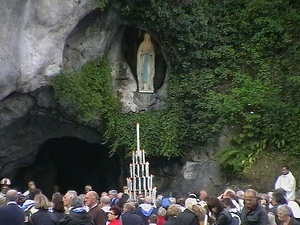This past
Saturday was the feast of Our Lady of Mount Carmel, the liturgical
commemoration of Mary on which we automatically thought of the brown
scapular. Or, we did make an association with the BVM of Mount Carmel and the scapular. Our sensibilities have changed dramatically to the point that only the old people remember such devotions by-and-large.
Recently at the parish we were talking about selling rosaries,
bibles, catechisms nun-made fudge, and I introduced offering the brown
scapular. The person who is organizing this very small “church store” looked at me
quizzically: what are scapulars? So much for Catholic culture and the Catholic
liturgical imagination! I explained that as a concept originally referred to a
form of clothing, a wide band of clothe put on the shoulders reaching down to the front and back of the legs, often to the ankles. The scapular is worn by priests, nuns, and sisters like, but not limited to
the Dominicans; the scapular historically was worn as an apron that would
protect the tunic. Later the scapular was blessed taking it out of the realm of
a work outfit. But I am not talking about the scapular worn as part of the religious habit of the religious.










